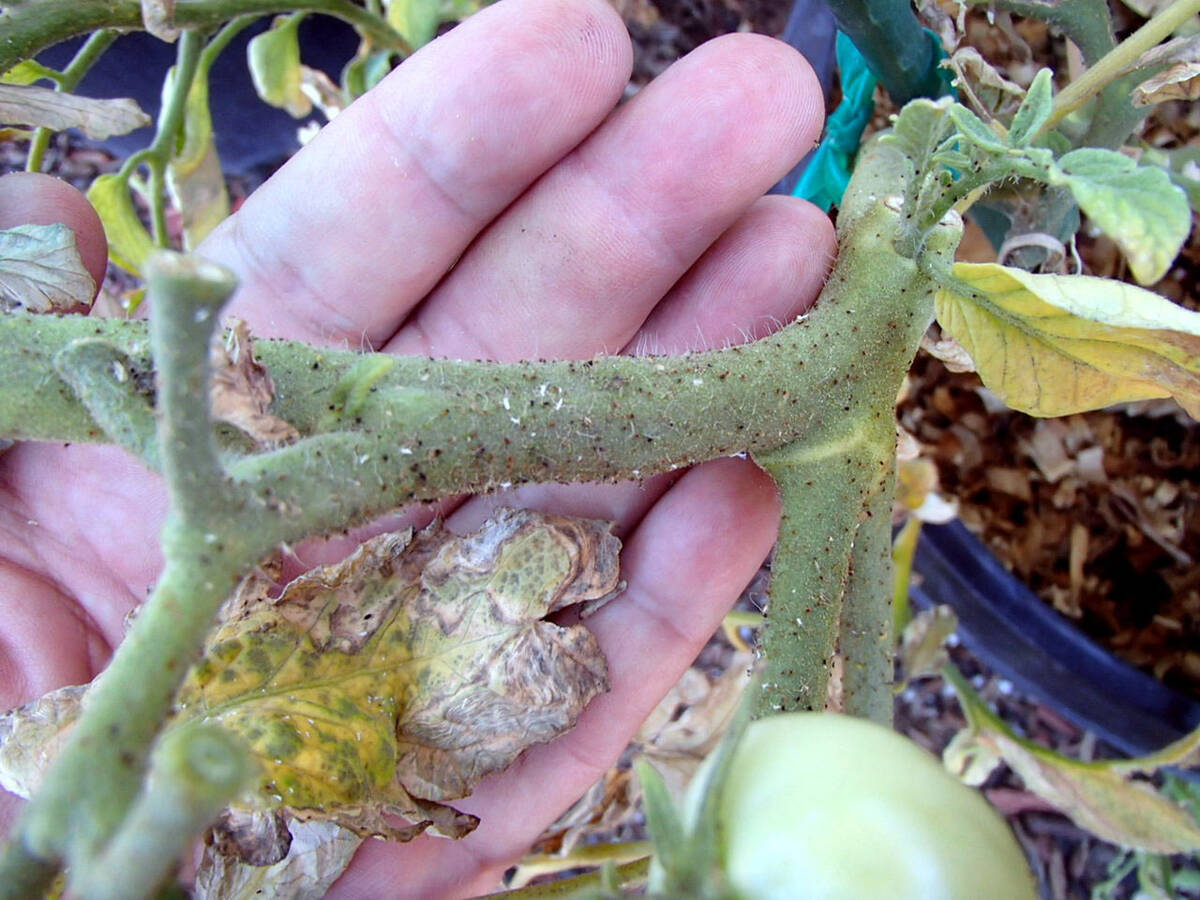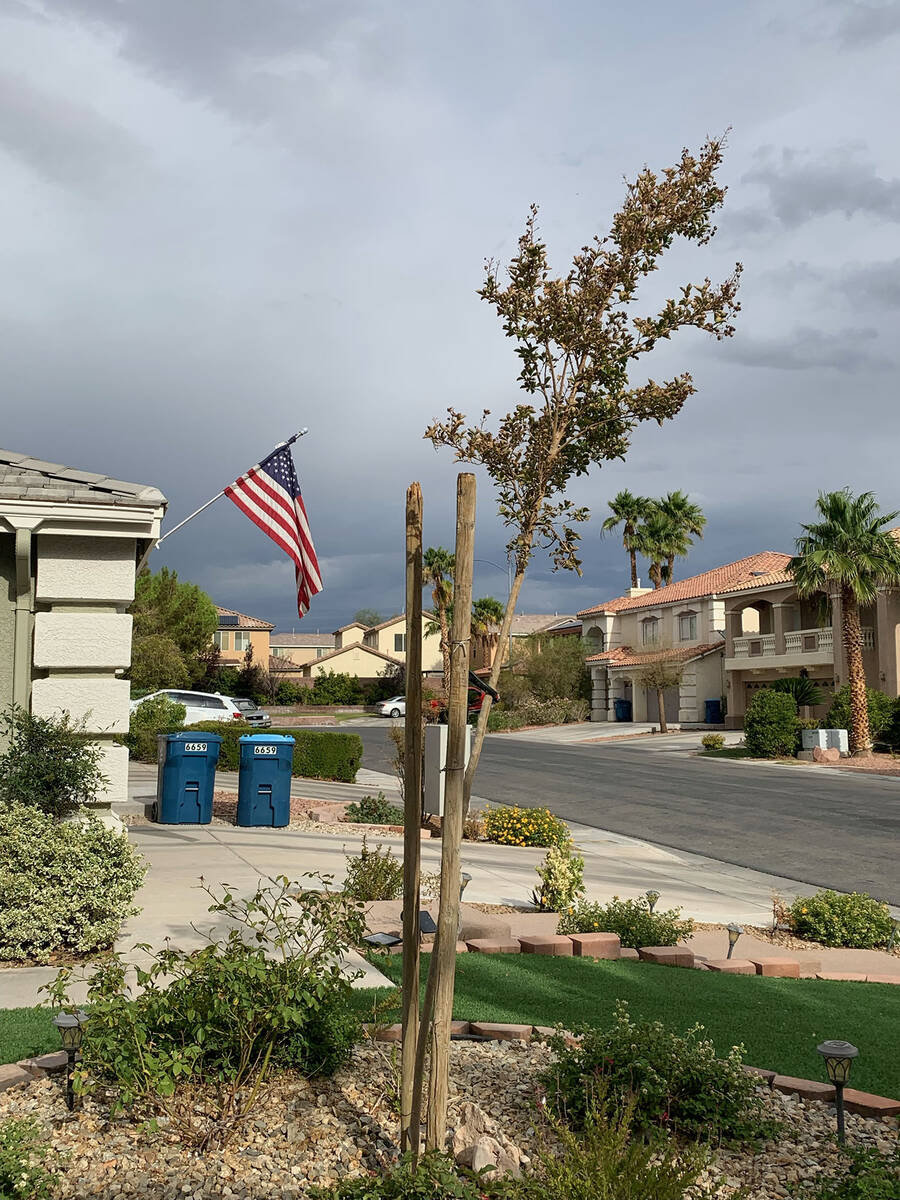Uneven weather pattern to blame for moldly fruit
Q. Birds were flying in to harvest my Summer Delite apriums. Turns out most of my apriums have problems with some type of fungus or rot. Also, most appear to be half ripe — green on one side and yellow on the other. Your thoughts would be greatly appreciated.
A. Apriums, like the horticultural variety Summer Delite, are fruit that look like apricots but are actually a man-made cross between an apricot and a plum. Genetically they are two-thirds apricot and one-third plum and selected so their appearance looks like an apricot. Once the variety is selected, it is propagated by cuttings or budding (asexually) to maintain the variety.
These fruit appear in the apricot section of produce at the same time as apricots, but they are often sweeter and have a slightly plum taste to them if you taste them carefully. Similar to apricots, they ripen off the tree when harvested slightly before they are ripe and before damage appears from birds. Birds usually taste fruit as they are beginning to ripen.
I think your uneven ripeness was due to the ups and downs of our spring temperatures and weather this year. Apriums, like apricots, need lots of heat to ripen and sweeten to their highest quality. They did not get it this year. Plants can’t walk in from unpleasant weather, so they have to take the brunt of any weather changes. Unfortunately, they started to mold when they started to unevenly ripen. Of course, any damage or punctures to the skin hastens this mold. That should not happen next year if we have normal weather.
Good thing you picked them when you started to see bird damage. The birds know when they are starting to sweeten and fully ripen off the tree.
Q. I planted a crape myrtle a couple of years ago and it still needs support, or it will fall over. I staked it last year to try to straighten it out, but when I removed the stakes, it bent to about 2 on a clock face. The bend is worse without staking. Can this tree be saved?
A. You can correct that problem with some aggressive pruning.
This was a production nursery problem created by growing them too close together and removing the lower branches on the trunk. When these two things are done, the trunks of the trees don’t develop the taper needed for the trees to stand upright on their own. All the growth (weight) is at the top of the tree and the trunk cannot hold this extra weight upright due to a lack of trunk caliper (taper).
One way to recover the tree is to prune it smaller by removing any extra weight at the top. The second thing you’ll do is allow any suckers (watersprouts) that grow from the trunk to develop to about pencil diameter in size before removal. The development of water sprouts from the trunk increases tree trunk diameter, top to bottom. The shade from the growth of watersprouts helps prevent sunburn on the trunk. Sometimes the damage from sunburn attracts boring insects during fall and spring growth.
Any pruning done now should be done with a hand pruner, being careful not remove too much shade. Pruning with hand pruners can be done during the heat of the summer but removing a lot of branches with a saw or loppers should wait until the cooler time of late fall, winter and early spring: November through February. Always prune it at a crotch (where two limbs come together) and never leave any stub to die back.
Remove the weight bending the top of the tree. Removal will lighten the load on the trunk. Pruning smaller also stimulates the development of watersprouts up the trunk. Remove weight in the canopy until it can easily be staked upright.
You bought a tall tree with a narrow trunk so you may have to make it smaller and remove some weight over two years; each time the tree gets bigger but more squatty. Each time the tree is pruned smaller, encourage new growth from the trunk to make it more squatty.
Without natural shade protection from the desert sun, thin barked trees like bottle tree, palo verde, mesquite and ash can get sunscald on a smaller trunk and stems facing the sun. Sunscald can damage, contribute to insect problems or even kill the tree.
Q. I have tomato plants that set flowers but no fruit.
A. There are two categories of tomatoes: determinate and indeterminate. Determinate types, like Patio (determinate and sets fruit early) will set the fruit and then pretty much stop. It should be replaced. Indeterminate types, like most cherry and pear tomatoes, keep setting fruit over and over as the plant gets bigger and bigger. These are more affected by additions of fertilizer.
As far as fertilizer goes, tomatoes like an abundance of phosphorus in the soil, the middle number, not high nitrogen. If you use a fertilizer high in nitrogen, then just apply a small amount. The first number or nitrogen encourages them and leaf growth but not flowering and fruiting. But it’s not an on and off switch.
Tomatoes won’t set fruit from flowers when temperatures get between 95 and 100 F. There’s nothing you can do about that except plant a little bit earlier and hope you hit that temperature window below 95 F before it gets too hot.
It sounds like you need some coaching on when to plant and what to grow and how to fertilize these plants. Find a good gardener in your neighborhood and make them your pal.
Q. My snapdragons are being eaten by small white caterpillars. The buds all have small holes and black specks on them. How should I treat this?
A. Petunias and snapdragons don’t like the heat and are cool-season flowers. They should be planted in the fall in about September. Marigolds can handle the heat OK and can last through most of the summer if they get some protection from late afternoon sun and the soil is improved.
All the bedding plants that you mentioned — marigolds, petunias, snapdragons — need improved soil each time when planting. Prepare the soil just like you’re preparing for vegetables and herbs. Each year add a 1-inch layer of compost to the soil and mix it 12 inches deep. You may or may not need to fertilize depending on how rich the compost is that you are using.
Pull out cool-season flowers like petunias and snapdragons when they look their best and replace them with heat-loving transplant flowers such as zinnia, amaranth, vinca, salvia, sunflower types.
Q. I have a kumquat tree that is showing some odd signs. I suspect fungus but I’m not really sure. An internet search did not provide any answers. Some of the leaves are showing some whitish spots and the trunk is producing a crystallized sap all over.
A. Your tree looks generally healthy. I am guessing the white dots on the leaves are from wind damage (sand blaster effect) and nothing to worry about.
I worry a bit with rocks on top of the soil and not adding organics back into the soil. Even though the tree appears to be healthy, I would put some compost on top of the soil about every two years and water and lightly rake it in and then rake the rocks back. Keep compost about 12 inches away from the trunk when you put it on top of the soil.
Fertilizer alone will not do much to replace the organics lost due to rock covering the soil. It’s nothing to worry about now but I would do it next spring before soil organics get in short supply.
Q. My backyard has a “hell hole,” so named because anything I plant there is doomed to die within six months. My first instinct was to put a really big rock there never to plant again, but I’d prefer to fix whatever is in the soil that kills plants. Please let me know if there is a soil test for contaminants, what contaminants I should test for, and who can do the analysis.
A. Trying to find out what the problem is could be quite expensive. All the soil testing laboratories check for plant nutrients and a few common nutrient toxicities. You are talking about not knowing what the chemical is and checking. You are better off replacing the problem soil in the area.
Bob Morris is a horticulture expert and professor emeritus of the University of Nevada, Las Vegas. Visit his blog at xtremehorticulture.blogspot.com. Send questions to Extremehort@aol.com.













